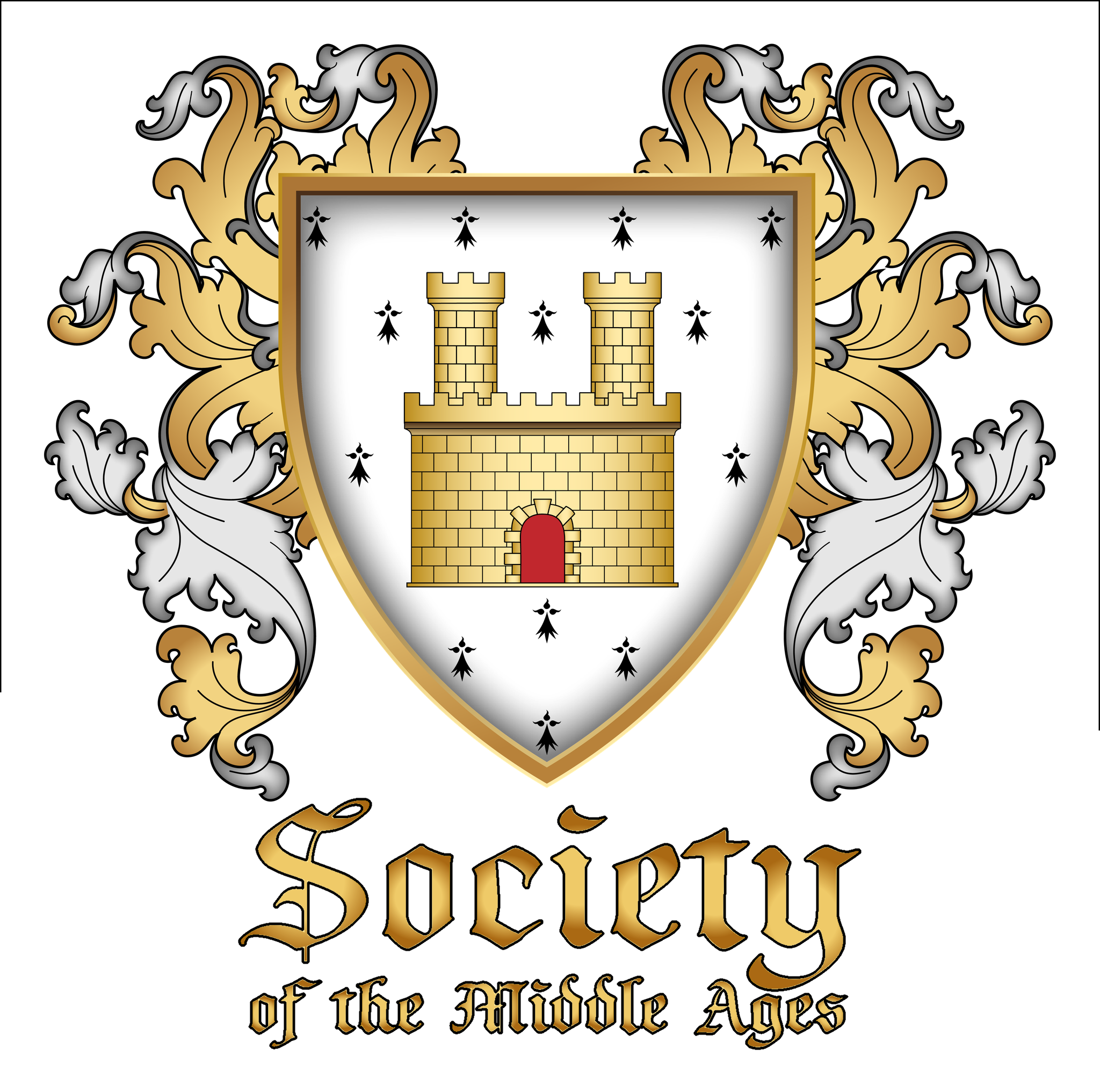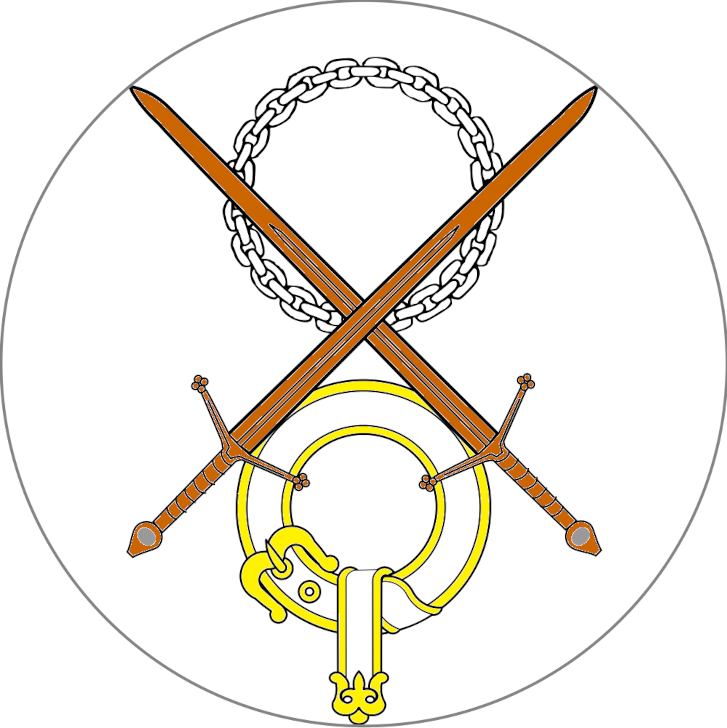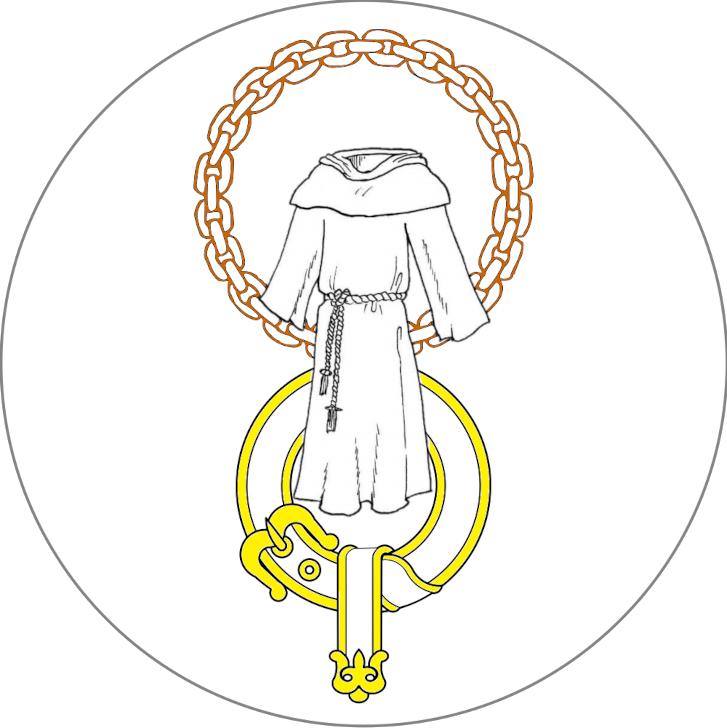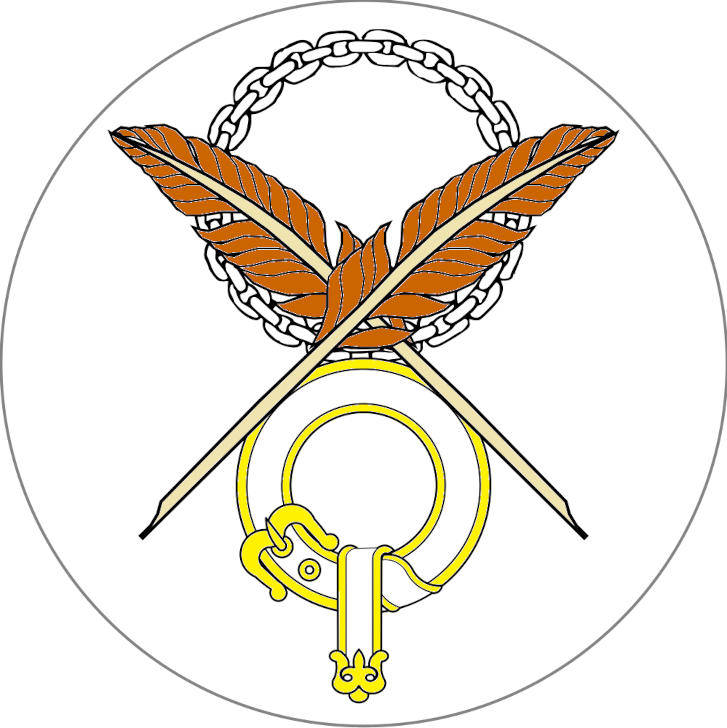The Knighthoods of the Sword
The young knight lowered his visor and rotated his shoulders to loosen them up before he raised his shield into position. They had found their foes.
His scouts had done their job well; his army had reached the top of this hill before their enemies had thought to hold it or even realized that his forces were on their trail. Their foes had now turned to face them, but their baggage train blocked the best route to the hill and would delay any attempts to organize their forces successfully. His forces would have the advantage, if they could keep it.
He loosened his sword in its sheath and glanced over at his fellow knights, companions since childhood, and back at their men. They had trained for this moment almost since birth, and now they would have the opportunity to show themselves worthy of the honor they had been given with this duty to defend the King and their land.
Beside him, Sir Odo grimaced fiercely before slamming his own visor shut. If Robert hadn’t known him since childhood, he never would have realized that Odo shared the same fears that now gnawed at his insides, but his company had been well trained and were fiercely eager for the bloodshed that would follow, despite the worm of fear they all must conquer.
The soldiers below them in the field would soon taste their resolve. He gave the command for the archers and catapulters to begin the assault that would bring them victory or death on the battlefield. Today, they would do what they had been born to do. Today they would fight, and with God’s blessing, they would win.
If you’ve ever really wondered what medieval combat is like, you’re in the right place. Knights in the Society of the Middle Ages take swordcraft seriously! Every breath, every step, and every move, no matter how small, can affect the outcome of a battle. Our knights practice every known technique and weapon style from the Middle Ages and are eager to teach this martial art to newcomers and old friends alike, for everyone can learn something regardless of how many battles they’ve fought.
If you feel the song of the sword – or any medieval weapon – in your blood, reach out today to the Society of the Middle Ages! We can help you find a local group near you, so you can truly experience medieval warfare (minus the actually dying part).
Our path of recognition for martial excellence is called the Path of the Sword and has been carefully thought out to ensure fairness in rewards and rankings. We have laid out specific milestones for our members to reach and thereby achieve the next rank of knighthood. The three main levels of knighthood are the same for all knights of the sword and are followed by an array of specialty “supernumerary” knighthoods that allow for unique representation of specific skill sets or historical focus.
The royalty of the candidate’s kingdom or principality shall have the right to elevate a person to or within an order of knighthood. Likewise, a higher-level knight who is not royal shall have the authority to elevate people to a lower level of knighthood in their order.
In both instances, the candidate must be certified as having met the requirements for the level of knighthood to which they are being elevated. Requirements toward knighthood will be tracked via the kingdom clerk’s office.
Supernumerary orders of knighthood may be established by the royalty of a kingdom to recognize specialization in particular combat forms, particular eras or cultures, or other attributes. Such supernumerary orders shall be organized according to the desires of the royalty, in consultation with their members, but their membership shall be restricted to Knights Banneret and Knights Commander, or else to Knights Commander alone.
All knights are required to maintain themselves in fealty to the royalty of their kingdom or principality. This fealty may be sworn directly to the royalty or may be sworn to a higher ranking knight who is in fealty, either directly or through another, higher ranking knight, to the Crown.
The Path of the Sword is the study of combat in our period. Participation in full-contact mock combat with mock weapons, as well as historical combat with steel weapons, and also archery, thrown weapons, siege warfare, and equestrian activities are all included in the Path of Sword. The order of knighthood in the Path of the Sword is the Order of the Golden Chain.
There are three ranks of knight within this order as follows:
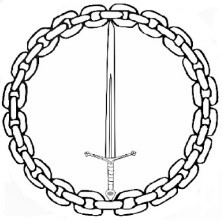
Knight Bachelor
The first level of knighthood in the Path of the Sword is that of Knight Bachelor in the Order of the Golden Chain.
To become a Knight Bachelor, one must:
- Be a paid member of the Society,
- Have participated in or marshaled a combined total of at least five martial competitions of five or more entrants held on separate days, and/or have participated in five separate full days of battles in wars since becoming a paid member.
- Have all of their own equipment for their primary form of combat, with no visible non-period elements.
- Have submitted a persona name and personal arms to the College of Heralds.
- Be seen to have consistently behaved honorably both on and off the field.
Knights Bachelor shall have the right to use the title, “Sir” or “Dame” and to register their personal name and armory with the College of Arms.
Knight Banneret
The second level of knighthood in the Path of the Sword is that of the Knight Banneret in the Order of the Golden Chain.
To become a Knight Banneret, one must:
- Be a paid member of the Society
- Have participated in or marshaled a combined total of at least five competitions of five or more entrants held on separate days, and/or have participated in five separate full days of battles in wars since becoming a Knight Bachelor.
- Place in the top fifty percent of at least half of the competitions in the knight’s primary form of combat (e.g., rattan, steel weapons, live weapons, etc.) entered in the past year immediately prior to consideration of their promotion.
- Train at least one fighter to the level of Knight Bachelor of the Golden Chain. If, for reasons of health or age, a knight must refrain from combat, each required competition in sub-paragraph above may be replaced with an additional squire trained to the level of Knight Bachelor of the Golden Chain.
- Have a complete fighting kit for their primary form of combat, free of visible modern elements and suitable to the era and culture of their persona, complete with appropriate heraldic displays and tournament field equipment. Modern elements required for safety reasons, such as a bar grill on an open-faced helm, may be permitted.
- Be seen to have consistently behaved honorably at SMA events and activities.
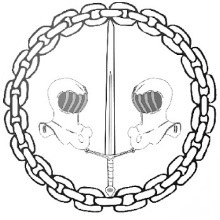
Knights Banneret shall have the right to use the title, “Lord” or “Lady” and are entitled to bear arms in the royal presence. If a Knight Banneret is the leader of a castle, they may be styled, “Sir/Dame [name], Lord/Lady [castle name]”. Knights Bachelor are encouraged to establish a castle, whose members will look to them for leadership.
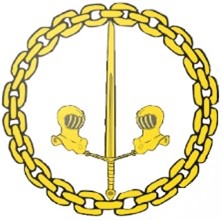
Knight Commander
The third level of knighthood in the Path of the Sword is that of Knight Commander in the Order of the Golden Chain.
To become a Knight Commander, one must:
- Be a paid member of the Society
- Have sponsored and/or conducted at least five competitions (with five or more entrants) and/or led the forces of his branch to battlefield victory at least five times in his or her primary form of combat since becoming a Knight Banneret.
- Assist lesser knights with the mentoring of multiple knights and squires at all levels of the Path of the Sword. This may take the form of one-on-one training, the hosting or management of martial practices, conducting troops in small-unit tactics drills, or the training/mentoring of new marshals/constables.
- Be authorized and proficient in multiple weapons forms/styles.
- Have achieved at least the first level of knighthood in either the Path of the Robe or the Path of the Quill.
- Be seen to have consistently behaved honorably at SMA events and activities.
Knights Commander shall have the right to use the title, “Baron” or “Baroness”. If a Knight Commander is the leader of a castle, they may be styled, “Sir/Dame [name], Baron/Baroness [castle name]”.
Knights Commander are encouraged to establish a castle, whose members will look to them for leadership.
All knights are required to maintain themselves in fealty to the royalty of their kingdom or principality.
This fealty may be sworn directly to the royalty, or may be sworn to a higher-ranking knight who is in fealty, either directly or through another,
higher ranking knight, to the Crown.
The royalty of the candidate’s kingdom or principality shall have the right to elevate a person to or within an order of knighthood. Likewise, a
higher-level knight who is not royal shall have the authority to elevate people to a lower level of knighthood in their order. In both instances, the
candidate must be certified as having met the requirements for the level of knighthood to which they are being elevated.
All requirements toward knighthood will be tracked via the kingdom clerk’s office.
Before bestowing any accolade, the senior knight will notify the Crown of the pending action, allowing for verification with the clerk that the requirements for the new rank have been met.
Once the accolade has been bestowed, the senior knight is responsible for reporting the action to the kingdom principal herald for inclusion in the Order of Precedence. Non scripta non est.
Supernumerary orders of knighthood may be established by the royalty of a kingdom to recognize specialization in particular combat forms,
particular eras or cultures, or other attributes. Such supernumerary orders shall be organized according to the desires of the royalty, in consultation with their members, but their membership shall be restricted to Knights Banneret and Knights Commander, or else to Knights Commander alone.
The Paths of Knighthood
The SMA is a group of people with diverse interests. There are three co-equal branches of Knighthood in the SMA. Each Path has its own focus, and each path has different levels of orders that can be achieved as a member learns and practices more to become better at their chosen craft. There is something for almost any interest in the SMA. Click on a path below to learn more about any activities you think might suit your interests and talents, or a path you're interested in learning in.
Path of the Sword
If you dream of striking down your foes with impunity, this may be your path. The Path of the Sword is the Martial branch of the SMA, studying European Martial Arts from the middle ages (400 to 1500 AD). Through Sword, Spear, Mace, and Shield, Knights that have chosen the Path of the Sword defend their kingdom in great battles and esteemed tournaments to test their martial prowess.
Path of the Robe
If your mind and hands turn to the creative, be it paints and dyes, metal and hammer, or woods and planes, the Path of the Robe may be your selected path. Covering everything from ale brewing, calligraphy and illumination, to crafting furniture or even water craft; the Knights that have chosen the Path of the Robe seek to authentically recreate the arts and technologies of the Middle Ages from 400 AD to 1500 AD.
Path of the Quill
This is the path of service. Be it a server of feasts, organizer of events, or any other offer of help or service. These compassionate knights are always there to lend a hand, and are recognized for their generous nature! We are all called to assist when there be a need, and these Knights that have chosen the Path of the Quill exemplify the ideas of selflessness in assisting those that need it, and the Society as a whole!
Guide to Knighthood in The Society of the Middle Ages
You can also find a wonderully comprehensive Guide to Knighthood that has been put together by Sir Galen of Bristol for all to use! Click Here to access the guide and start your own journey!
Become a member today!
Seen all you need to see? Join now! With SMA membership you are entitled to all of the privileges that full membership entails. Find glory on the field of battle. Baffle your peers with feats of art and engineering. Earn titles and rewards, all while learning and growing together with a group of enthusiastic people to surround yourself with! Join us at events to show off your latest projects, or to compete in tournaments in preparation for epic inter-kingdom wars!
